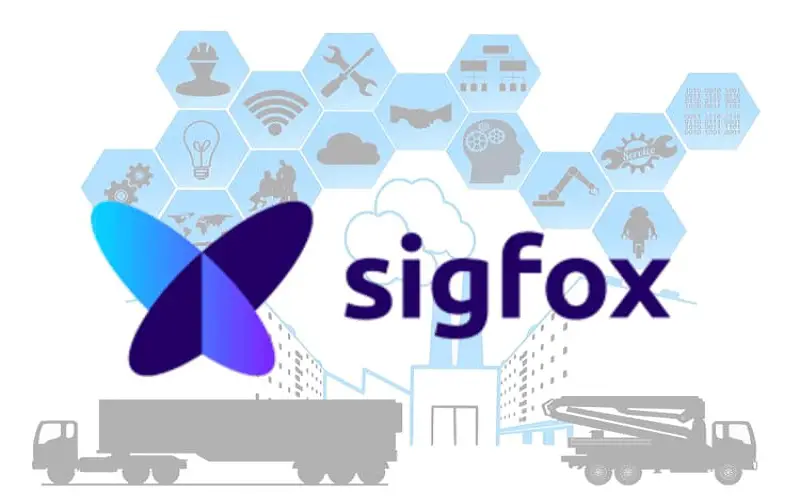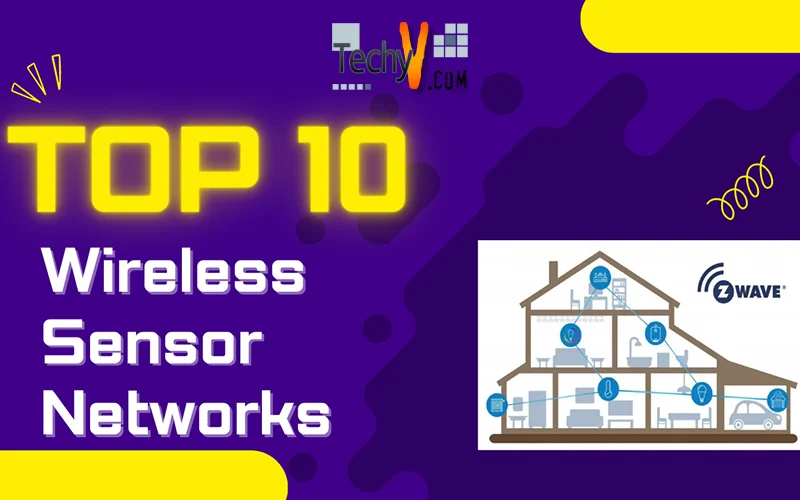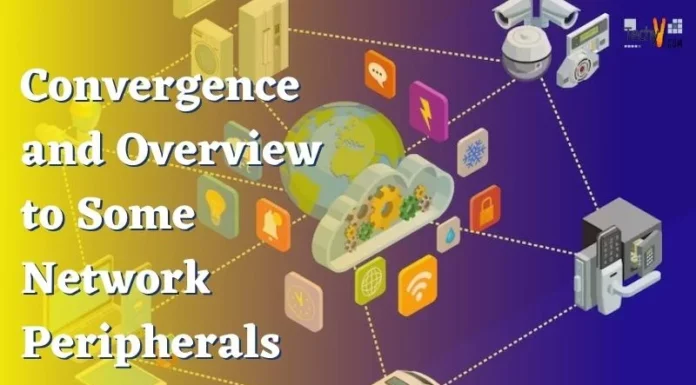Wireless Sensor Networks is a network of sensors that collects and transmits data through wireless communication. Some of the applications are environmental monitoring, industrial automation, and healthcare. Here is the list of the top 10 Wireless Sensor Networks.
1. Zigbee
Zigbee is a wireless communication platform that ensures low power consumption and is cost-efficient. Their usage is industrial monitoring, smart grids, and home automation. It supports mesh networking architecture for communication. Mesh structure creates a self-healing platform.

2. Z-Wave
Z-Wave is a home automation-based wireless communication protocol. It serves efficient and reliable communication by operating low radio frequencies. Z-Wave uses automatic or automotive appliances for connection and communication purposes. The devices that operate Z-wave are controllers, Home ID, Node ID, slave nodes, and routing tables.

3. Bluetooth Low Energy (BLE)
BLE is a short-range wireless technology. Bluetooth Low Energy is a power-conserving network for healthcare monitoring, asset tracking, and indoor navigation. BLE serves Internet-connected machines and appliances. There are other updates Bluetooth Smart, Bluetooth LE, and Bluetooth Classic. BLE ensures frequency-related wireless technology connects with nearby devices.

4. Wi-Fi
Wi-Fi is a widely used wireless internet connectivity technology. They provide higher data rates and help to carry out video surveillance systems that require more bandwidth. Wi-Fi can connect to computers, tablets, smartphones, and other devices. Wi-Fi works on radio signals that can send information from a router to nearby devices that transform the signal into usable data. The device transfers data to the router that connects devices to the internet.
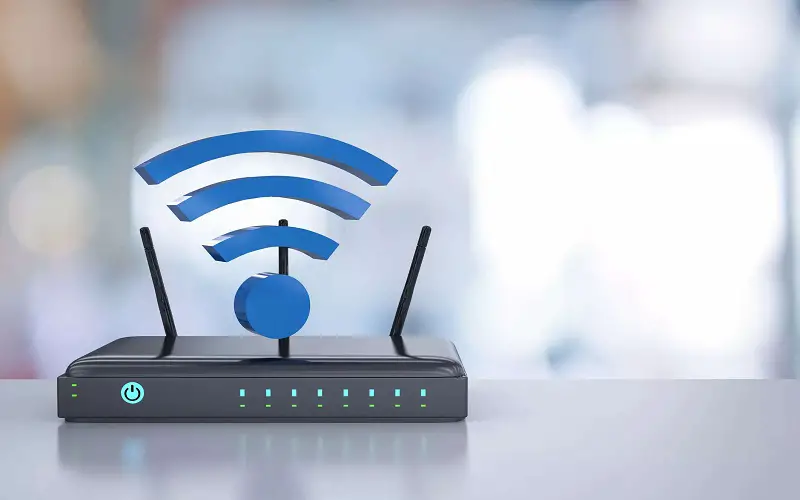
5. LoRaWAN
LoRaWAN is a radio modulation that provides long-range communication and low-power devices. It serves various applications in the agricultural field. LoRa manipulates radio waves that encode information for multiple formats. LoRa supports modulation techniques for communication purposes. Due to long-range capability and affordability, LoRa is an ideal choice.

6. NB-IoT
The Narrowband Internet of Things is a wide-area cellular-based technology. It utilizes cellular infrastructure that requires long-range coverage and reliable connectivity. It is a technology that ensures cellular networks for wireless communication. NB-IoT relies on band technology that can handle data transmission in an efficient, reliable, and secure manner.

7. Thread
Thread is a wireless networking protocol designed for home automation systems. It provides low-power operation, low latency, mesh networking, and secure communication. Thread enhances energy, self-heal ability, and reliability. Thread integrates with the IP network by reducing investment, complexity, and maintenance burdens. Thread ensures an IoT control system for mobile phones and tablets. These devices are in contact with the cloud.

8. WirelessHART
WirelessHART is a wireless communication that scales industrial measurement and control systems. It enables reliable and secure communication for better industrial automation. Wireless HART can access unused information in HART devices. It provides reliability and security to measure and control wiring costs.
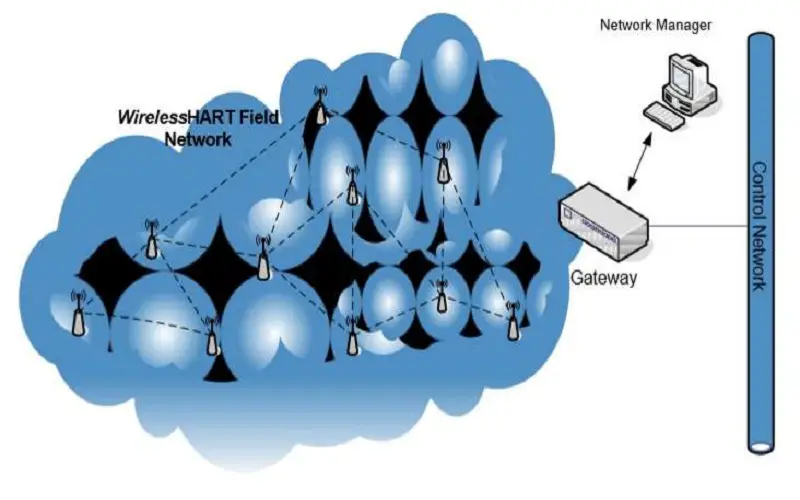
9. EnOcean
EnOcean utilizes energy-harvesting technology with the help of wireless sensors. It enhances automation systems that allow sensors to harvest solar or kinetic energy. EnOcean consumes less power and allows wireless connection by using radio modules. Radio Module allows innovative concepts for technical and aesthetical processes to build automation.

10. Sigfox
Sigfox is a low-energy-consuming wireless communication device that provides a wide range of connectivity. It helps to monitor environmental assets. Sigfox is a radio-based, reliable, cost-efficient platform for sensors and devices. Applications of the Sigfox are Autonomy, long battery life, simplicity, small messages, and complementarity.
